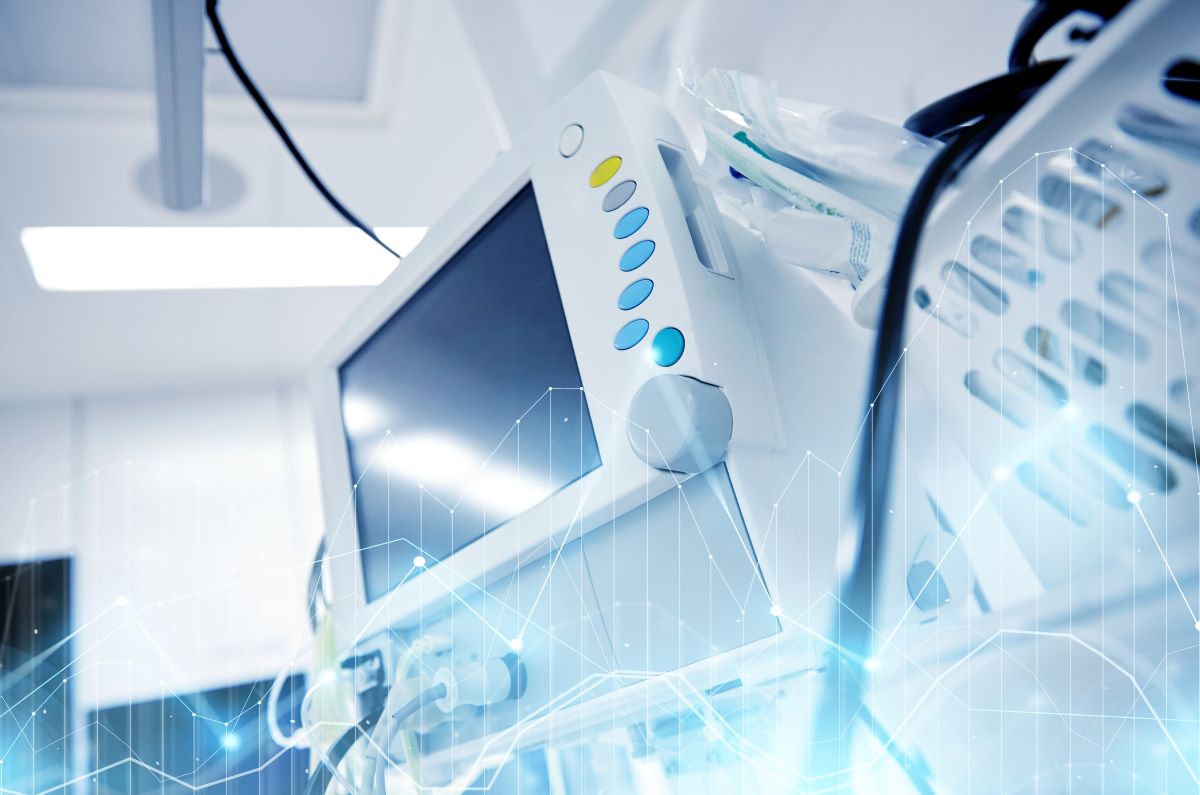Health technology trends seen in 2023

In the early 1950s, no one would have thought that doctors could treat their patients or consult with other doctors without seeing them in person. One of the earliest applications of telemedicine in hospitals dates to the late 1950s and early 1960s.
At that time, video surveillance of psychiatric consultations was established between a Midwest Psychiatric Institute and a Virginia State Hospital. We have constantly evolved since then by providing remote stroke scanning with high-quality images.
As we move toward 2024, let us think about what the future of technology in healthcare will look like and how it will benefit the hospital environment. Here is a look at emerging healthcare trends that we will explore in more detail in future articles.
- Artificial Intelligence (AI)
- Augmented Reality and Virtual Reality
- Bio Coating and 3D Implantation
- Clinical Automation
- Location-based Technology
- Internet of Medical Things (IoMT)
- Nanotechnology
- Remote Patient Monitoring
Today, however, we are going to take a deeper look into Augmented Reality (AR) and Virtual Reality (VR).
AR and VR are used for educational and clinical purposes. Digital trends in healthcare are leading to an ever-increasing use of these technologies.
In medicine, learning never stops. Nurses, doctors, and others working in the industry need to constantly stay abreast of new developments. AR and VR can help here.
Augmented reality and virtual reality are widely used in medical education. For emergency simulation, medical students can experience real-world situations by simulating potential emergency situations that require a quick and accurate response.
In a patient care environment, there is an opportunity to learn more about patient care and discuss complex topics with patients. Students can practice the behavior and learn how it affects patient outcomes.
To prevent and mitigate human error, augmented reality and virtual reality are being used in teaching hospitals to reduce human blunders resulting from stress and fatigue. Medical staff are placed in realistic 3D operating rooms and intensive care units to practice procedures and improve their skills in real-life situations.
The use of state-of-the-art medical devices requires in-depth training. AR and VR provide information on how to use complex medical equipment and provide comfort when using medical devices. Having competent and appropriately trained staff at the bedside of their patients goes a long way to building trust.
It also gives staff access to the latest rehabilitation technology. AR and VR can help patients regain mobility and strength after surgery or injury. You can do various exercises under the supervision of an expert.
According to recent data from Zion Market Research, the global AR and VR healthcare market is expected to reach $5.115 billion (about $16 per person in the US) by 2025.
Source Article: 2023 Watch List: Top 10 Precision Medicine Technologies and Issues
Recommended Readings:
